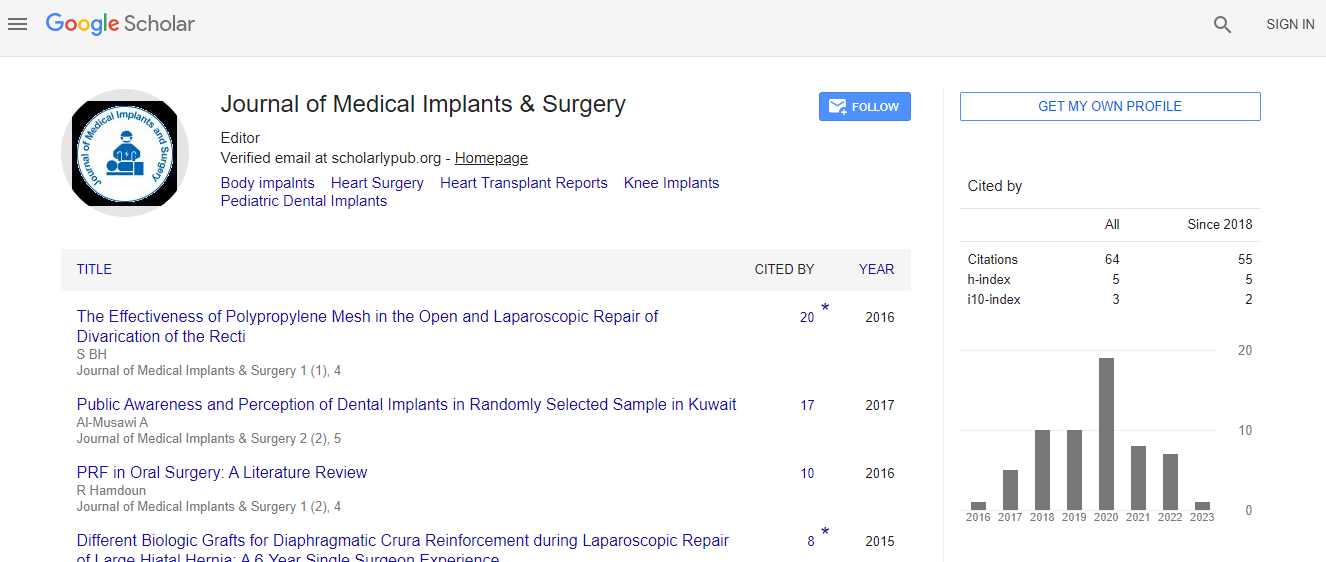A Modified Alvarado Score: >24 h RIF Tenderness, 48 h Positive USS and Elevated CRP Yield the Best Predictive Rate of Negative Appendicectomies in Patients under 16
*Corresponding Author: Mohammad Hasan, Department of Surgery, Aberdeen Royal Infirmary, Aberdeen, AB25 2ZN, SCOTLAND, Tel: +44 1224 554812, Email: mohammad.hasan@nhs.netReceived Date: Sep 10, 2020 / Accepted Date: Sep 24, 2020 / Published Date: Oct 01, 2020
Citation: H Mohammad, W Ken Vin, A Joshua, R Dharshanan, A Bertrand. (2020) A Modified Alvarado Score: >24 h RIF Tenderness,
Copyright: ©2020 H Mohammad MRCS, et al. This is an open-access article distributed under the terms of the Creative Commons Attribution License, which permits unrestricted use, distribution, and reproduction in any medium, provided the original author and source are credited.
Abstract
Objective: The Alvarado score is one of many scoring systems employed by surgeons in diagnosing acute appendicitis. We aim to evaluate its relative diagnostic accuracy, as well as add to it and develop a combination which leads to the best outcome in predicting acute appendicitis and hence the rate of negative appendicectomies.
Methods: A retrospective, analytical study was performed in ≤ 16s with acute appendicitis. Of the total 311 children in the sample size, 270 children were diagnosed with acute appendicitis following histopathological analyses of resected specimens. Clinical features including symptoms, physical signs, and laboratory and imaging findings were recorded and individual sensitivities, predicted values and joint probabilities were calculated. Each clinical feature was then assigned a diagnostic weight to measure the authors’ objective.
Results: Three predicted factors were found to be useful in making an early diagnosis of acute appendicitis. Their importance, according to their diagnostic weight (sums of positive and negative predicted values) were persisting RIF pain lasting >24 hrs, positive USS in <48 hrs and elevated CRP.
Conclusion: Acute appendicitis is a clinical diagnosis but may not always be straightforward. The aforementioned indicators should help in the clinical decision-making process.

 Spanish
Spanish  Chinese
Chinese  Russian
Russian  German
German  French
French  Japanese
Japanese  Portuguese
Portuguese  Hindi
Hindi 